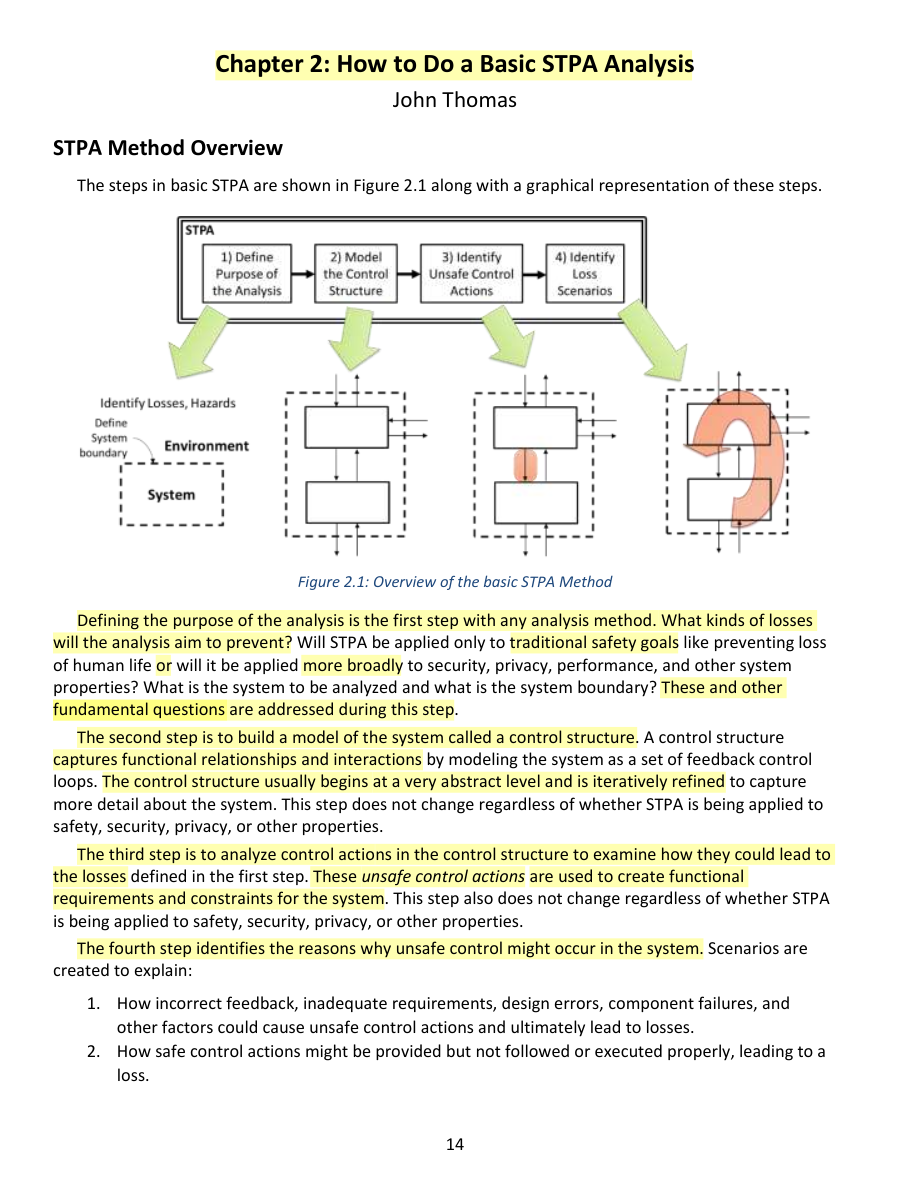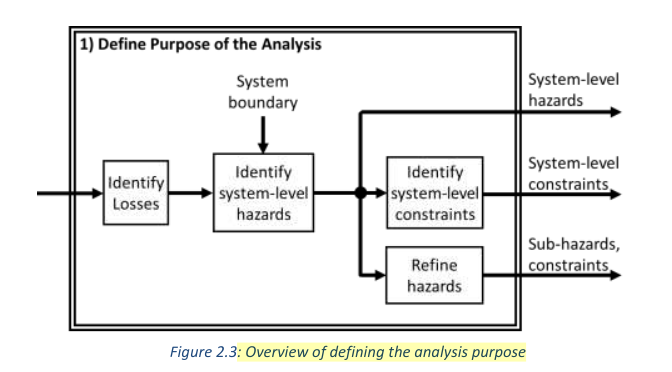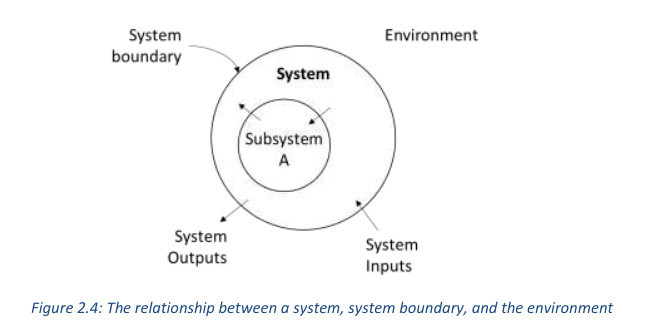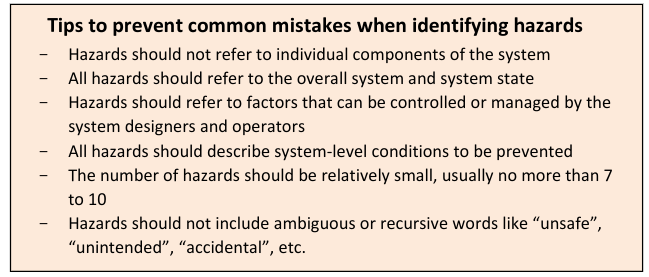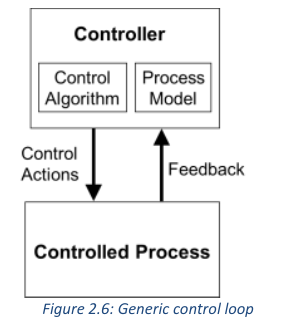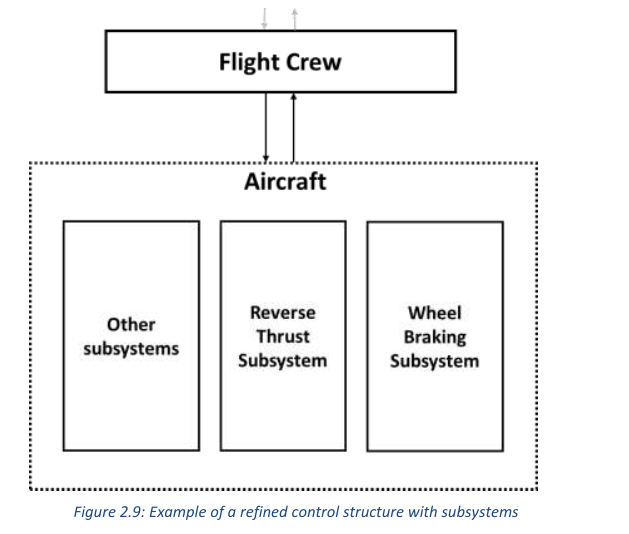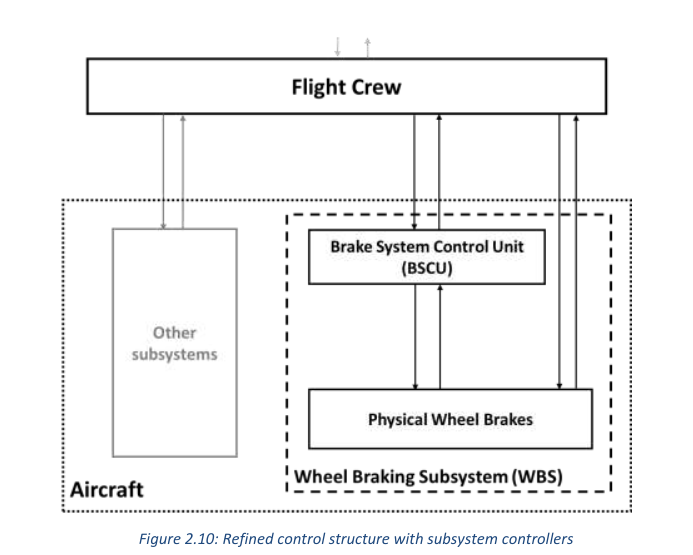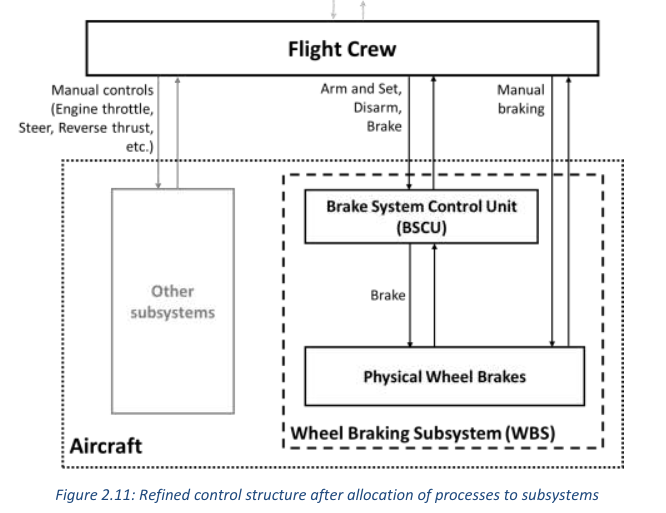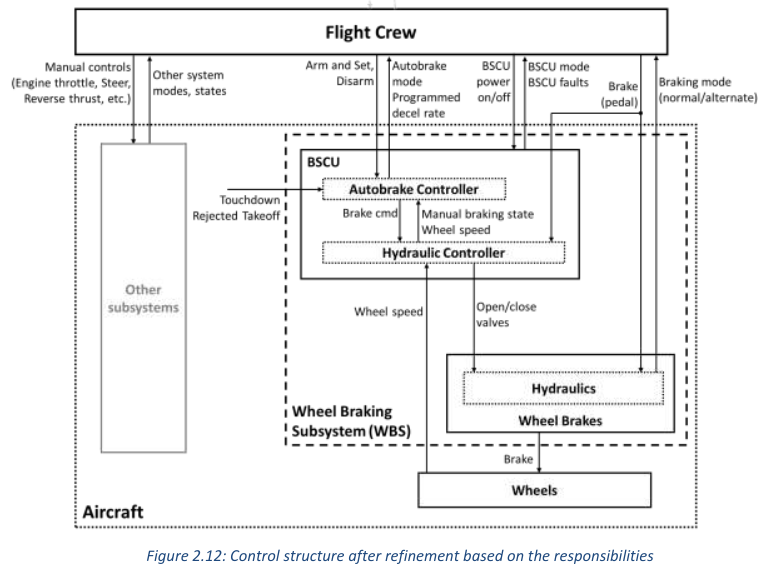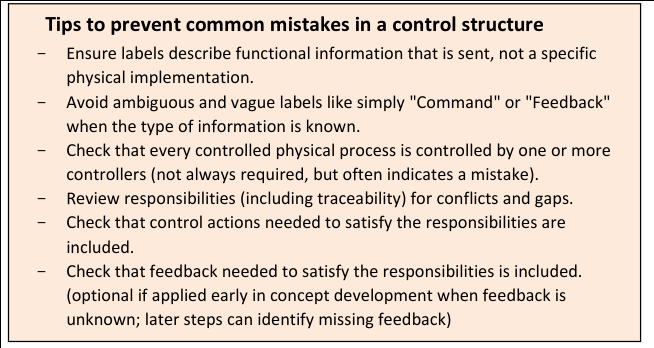📚 node [[stpa handbook]]
- a [[book]].
[[Chapter 2]]
Good overall summary in the first page:
I wonder what the formalism is in this diagram. It is not an STPA diagram in the "main" sense as it doesn't model control loops explicitly, but is it part of the STPA framework?
First step: defining the purpose of the analysis.
[[Losses]]:
Definition of [[system]]:
[[hazards]] + [[environmental conditions]] = [[losses]]
The heart of STPA: the control loop.
Refining control structures:
On [[control]] proper:
tips to prevent common mistakes in a control structure:
Step three:
⥅ node [[hypothesis]] pulled by user
Hypothes.is
-
extend client:
- read from multiple API-sources
- read tags from API (not just from cache)
- integrate with [[web-clipper]]
- integrate with foam's wikilinks
- retrofit discussion threads to follow [[kialo]]
-
clone and adapt API-server to support plugins for fetching personal notes
for some url from:
twitterslackdiscordredditgmail: fetch also tagskeep- ...
-
page flags for:
- github issues (authored & commented)
- chrome & firefox plugins (to know you have installed them)
- AND/OR use [[promnesia]] browser extension (requires a lot of python configuration)
- see also: [[Agora Bridge]]
- see also
HPIlibrary
-
a [[tool]]
-
for [[annotation]]
- you can annotate anything on the [[web]] by installing the hypothes.is browser extension or passing a URL to https://via.hypothes.is
- [[pull]] [[hypothes.is]] [[agora hypothesis]]
- [[go]] htts://hypothes.is
- [[wp]] https://en.wikipedia.org/wiki/Hypothesis
-
for [[annotation]]
-
a [[tool]]
- for [[reasoning]]
- in [[formal logic]], the [[antecedent]] of a [[proposition]].
-
[[pull]] [[hypotheses]]
- "A hypothesis (plural hypotheses) is a proposed explanation for a phenomenon. For a hypothesis to be a scientific hypothesis, the scientific method requires that one can test it."
- "A working hypothesis is a provisionally accepted hypothesis proposed for further research, in a process beginning with an educated guess or thought."
-
Hypothesis: what you see with your eyes closed, the lights you can see in the dark -- that is not random noise, it is computation.
- The visual cortex may be used to compute arbitrary programs given the passage of time: an image can encode a spectrogram, for example, and pattern recognition applied to shapes in the spectrogram may yield at least some useful sound information (given the "right" neural networks)
- Arbitrary programs could be stored and replayed in the visual cortex by e.g. evolving cellular automata or a neural network that can simulate them, which would seem to yield universal computation as per Wolfram et al
- Hypothesis: there is much in the nature of [[light]] we still do not know.
📖 stoas
- public document at doc.anagora.org/stpa-handbook
- video call at meet.jit.si/stpa-handbook
⥱ context
→ forward
annotate
book
chapter 2
control
environmental conditions
go
hazards
hypothesis
losses
pasted image 20210718144905 png
pasted image 20210718150713 png
pasted image 20210718150742 png
pasted image 20210718150828 png
pasted image 20210718151545 png
pasted image 20210718155038 png
pasted image 20210718162616 png
pasted image 20210718231941 png
pasted image 20210718234343 png
pasted image 20210719000516 png
pasted image 20210719000525 png
pasted image 20210719001721 png
pasted image 20210719003446 png
pasted image 20210719003520 png
pasted image 20210719005502 png
pasted image 20210719010243 png
pasted image 20210719010634 png
pull
stakes
stpa
system
values
annotate
book
chapter 2
control
environmental conditions
go
hazards
hypothesis
losses
pasted image 20210718144905 png
pasted image 20210718150713 png
pasted image 20210718150742 png
pasted image 20210718150828 png
pasted image 20210718151545 png
pasted image 20210718155038 png
pasted image 20210718162616 png
pasted image 20210718231941 png
pasted image 20210718234343 png
pasted image 20210719000516 png
pasted image 20210719000525 png
pasted image 20210719001721 png
pasted image 20210719003446 png
pasted image 20210719003520 png
pasted image 20210719005502 png
pasted image 20210719010243 png
pasted image 20210719010634 png
pull
stakes
stpa
system
values
🔎 full text search for 'stpa handbook'
